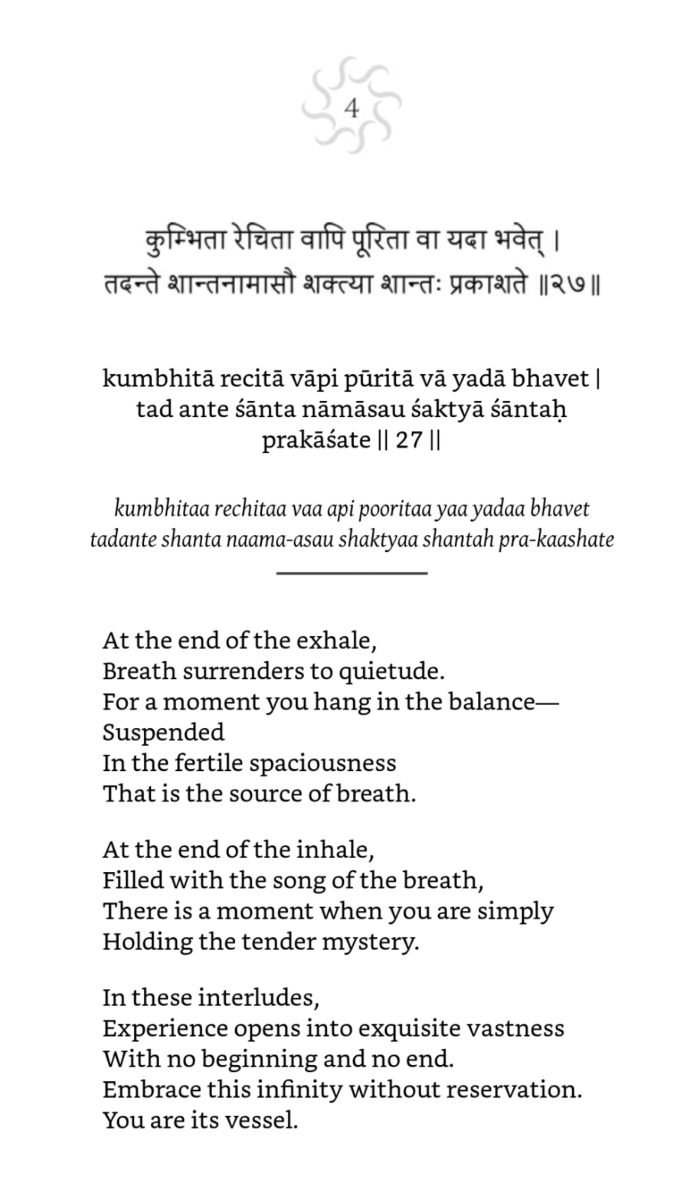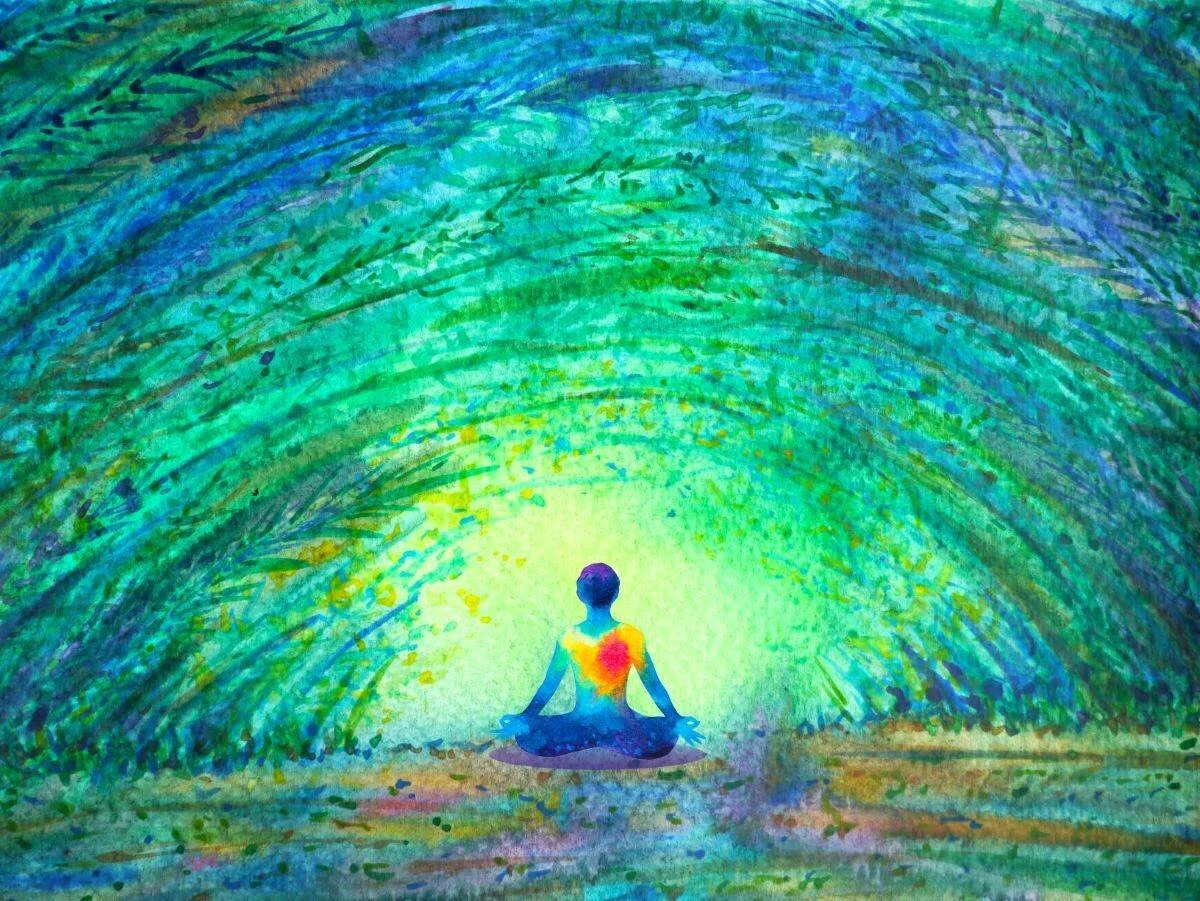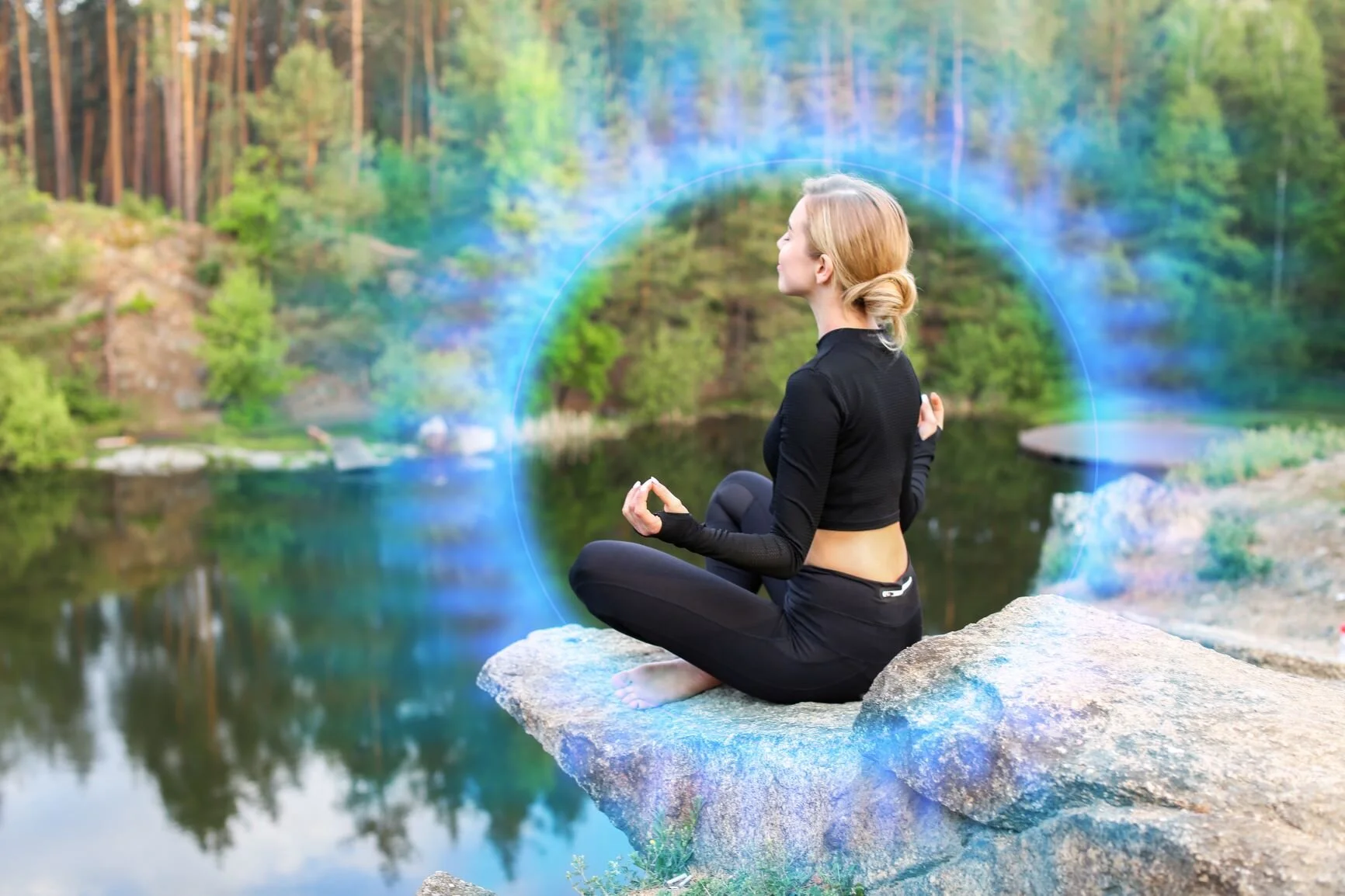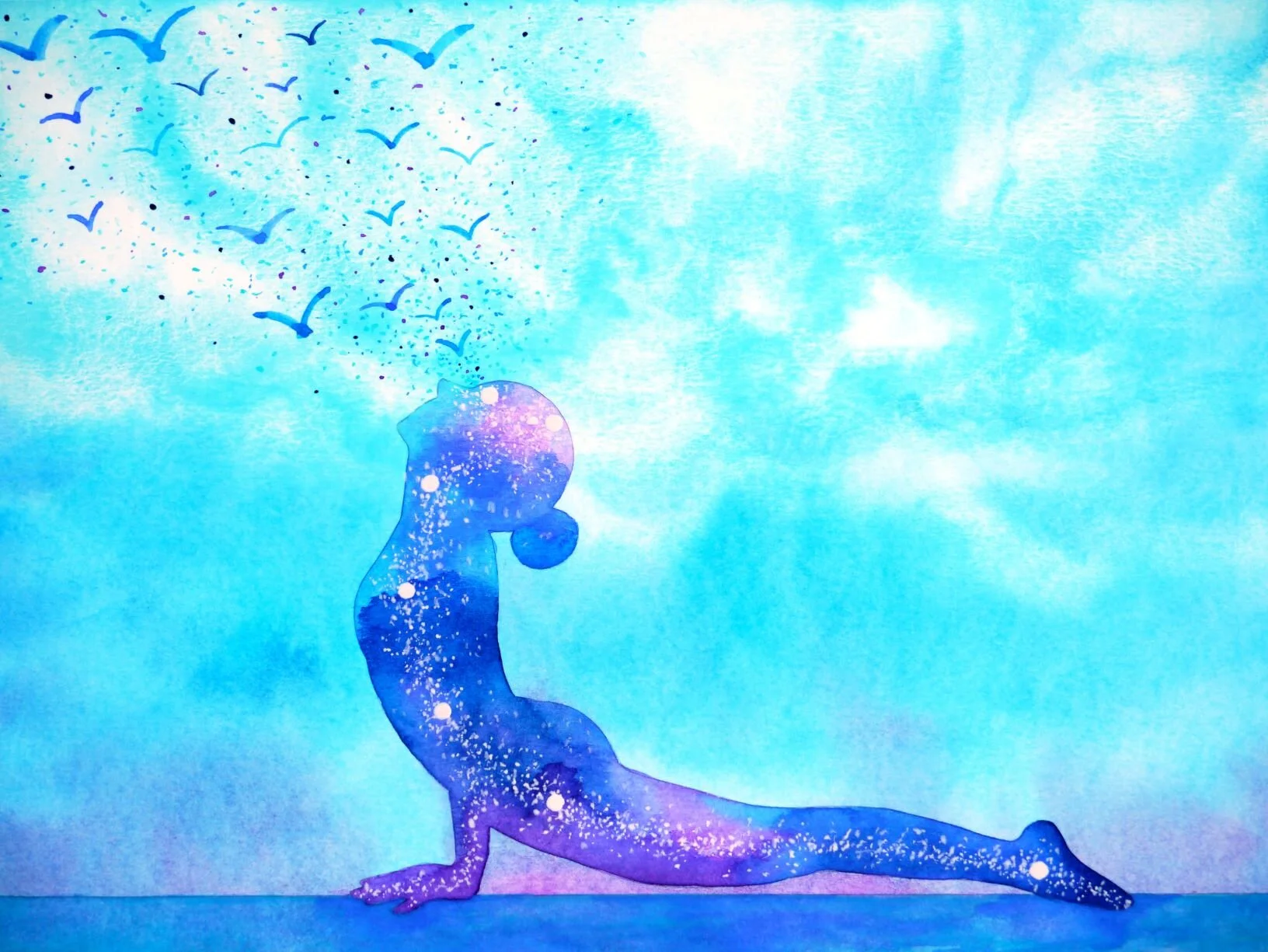With this sutra, we are invited to attend with tenderness to how we embrace the breath. There are many yuktis here. One is to consider the lungs to be a pot for holding the breath. Kumbhaka has the connotation of a jug of elixir, a chalice, a vessel used in ritual offerings to the gods. We revere the air flowing in and out of our lungs as if it is an elixir, and we hold the breath as we hold a chalice of some precious substance we are imbibing.
In pranayama, you may hold the breath in the sense of stopping it. But in meditation, holding the breath can mean holding it as you would a lover. Holding is an embrace, a welcoming touch, contact skin to skin. In lovemaking, we hold the other person in order to allow them to move and allow ourselves to move. In certain sweet moments, the action pauses. Holding and embracing do not mean stopping the flow of movement. Embrace the flow of breathing as you would something infinitely valuable, and you will know peace. There is a world of skill in the way we receive, hold, embrace, cherish the breath.
How do you hold a baby, a cat, a lover? How do you hold a note when singing? Develop a light touch in your practice, so you can hold a thought, a mantra, a breath, as lightly as you would a hummingbird that has landed on your finger. It alights on you. There is no sense of capture. It is a miraculous meeting. Many meditation techniques emerge from your skill at holding, embracing, and cherishing your relationship with the world.
Meditation enhances our capacity for aesthetic perception and rapture. Put yourself in situations of such joy and surprise that your breathing pauses spontaneously in awe—“it takes my breath away.” As your capacity for this type of kumbhaka develops, fill it with the beauty of nature and great art, whatever is so beautiful you want to drink it in.


















